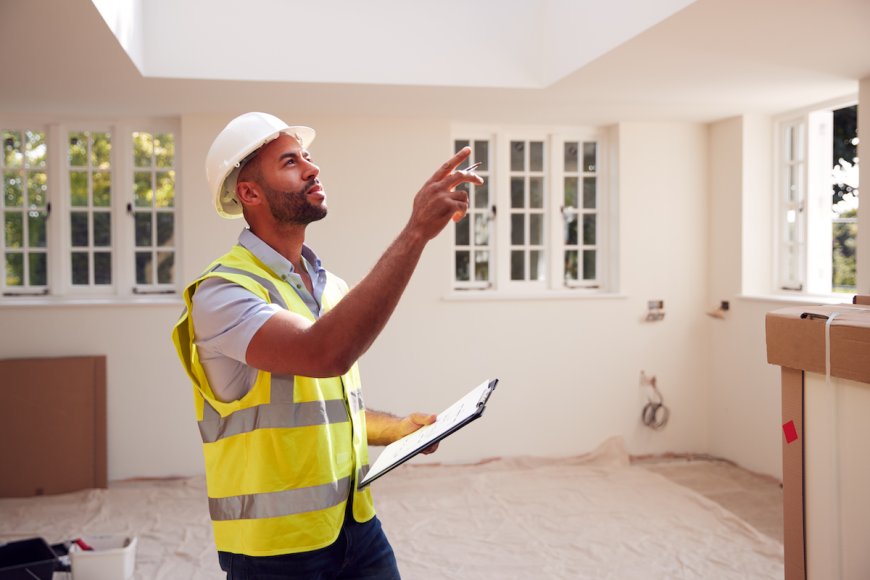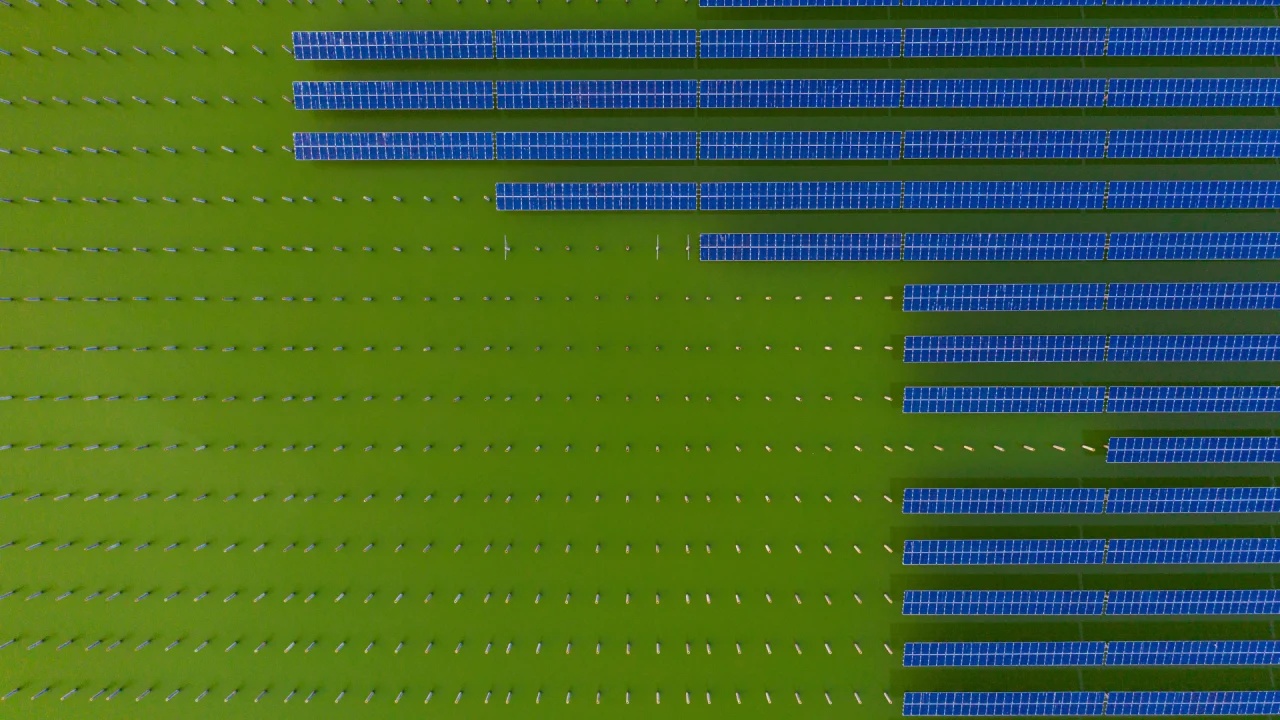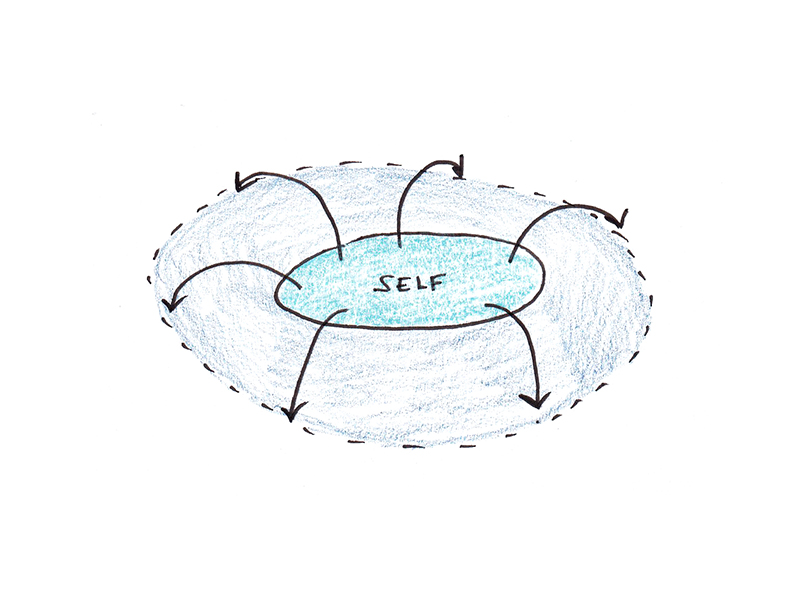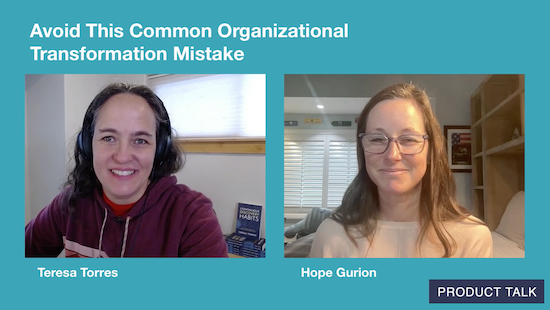7 Common Issues Columbus Home Inspectors Spot (and How to Fix Them)
When you're buying a house in Ohio's capital city, having a thorough inspection is absolutely essential. Home inspectors in Columbus see countless properties each year, and they've developed an eye for the common issues that plague homes in our region.

When you're buying a house in Ohio's capital city, having a thorough inspection is absolutely essential. Home inspectors in Columbus see countless properties each year, and they've developed an eye for the common issues that plague homes in our region. Whether you're a first-time homebuyer or looking to upgrade to a new property, knowing what potential problems might be lurking can save you thousands of dollars and countless headaches.
In this comprehensive guide, we'll explore the seven most common issues that home inspectors in Columbus regularly identify, along with practical advice on how to address these problems. From foundation concerns to electrical hazards, understanding these common pitfalls will help you make informed decisions about your potential new home.
Foundation Problems: The Building Blocks of Concern
Foundation issues can be among the most expensive problems to fix, which is why they're at the top of our list. In Central Ohio, our clay-heavy soil and varying seasonal conditions create unique challenges for home foundations.
Types of Foundation Issues
The most common foundation problems that home inspectors in Columbus identify include:
-
Vertical cracks: These often appear in poured concrete foundations and may indicate settling. Hairline cracks (less than 1/8 inch wide) are usually cosmetic, but wider cracks warrant further investigation.
-
Horizontal cracks: These are more serious and may suggest pressure from outside the foundation, often due to water or soil issues.
-
Bowing walls: Basement walls that bow inward typically indicate significant pressure from the surrounding soil.
-
Uneven floors: If you notice sloping floors throughout the house, this could be a sign of foundation settlement.
How to Fix Foundation Problems
Minor foundation issues might be resolved with simple fixes like improving drainage around your home. For vertical cracks less than 1/4 inch wide, epoxy injection can often provide a waterproof seal.
More serious problems, however, require professional intervention. Solutions may include:
-
Installing wall anchors or carbon fiber straps for bowing walls
-
Underpinning with piers for settling foundations
-
Extensive waterproofing systems to address hydrostatic pressure
Foundation repairs can range from a few hundred dollars for minor crack sealing to $10,000+ for structural solutions. If your inspection reveals foundation concerns, always get multiple quotes from specialized contractors before proceeding.
Roof Damage: What's Overhead Matters
In Columbus's variable climate, roofs take a beating from summer storms, winter snow, and everything in between. Most home inspectors in Columbus will tell you that roof issues are among the most commonly flagged problems.
Common Roof Problems
-
Missing or damaged shingles: Wind, hail, and general aging can damage or dislodge shingles.
-
Flashing failures: The metal pieces that seal joints around chimneys, vents, and roof transitions are prone to leaking when damaged or improperly installed.
-
Sagging roof decking: This may indicate water damage or structural issues underneath the shingles.
-
Ice dam damage: Our cold winters can lead to ice dams that force water underneath shingles and into attics.
How to Address Roof Issues
Minor roof problems, like a few missing shingles, might be a simple fix costing a few hundred dollars. However, if your inspection reveals widespread damage or a roof nearing the end of its lifespan (typically 20-30 years for asphalt shingles), replacement might be necessary.
For older roofs with minor issues, consider:
-
Replacing damaged shingles
-
Resealing flashing
-
Adding additional attic ventilation to prevent ice dams
For more serious problems, full replacement costs typically range from $5,000 to $15,0,00, depending on the size and complexity of your roof. Remember that addressing roof issues promptly can prevent more expensive water damage throughout the home.
Electrical System Deficiencies: Powering Safety Concerns
Electrical problems are particularly concerning because they present both safety hazards and functional limitations. Older homes in Columbus neighborhoods like German Village, Victorian Village, or Clintonville often have outdated electrical systems that don't meet today's needs.
Common Electrical Issues
-
Outdated wiring: Knob-and-tube or aluminum wiring in older homes presents safety risks.
-
Inadequate service: Many older homes have only 100-amp service, which may be insufficient for modern appliances and devices.
-
Amateur modifications: DIY electrical work often violates code requirements and creates safety hazards.
-
Overloaded circuits: Too many appliances on one circuit can cause breakers to trip frequently.
-
GFCI protection missing: Modern code requires these special outlets in wet areas like kitchens, bathrooms, and exteriors.
Solutions for Electrical Problems
Minor electrical issues like missing GFCI outlets can be relatively inexpensive to address, often $75-150 per outlet. More comprehensive issues may require:
-
Upgrading service panels (typically $1,500-3,000)
-
Rewiring portions of the home ($3,000-10,000 for partial rewiring)
-
Installing additional circuits for high-demand appliances ($200-500 per circuit)
While some homeowners with experience might handle simple projects like replacing outlets, most electrical work should be done by licensed electricians to ensure safety and code compliance.
Plumbing Predicaments: When Water Goes Where It Shouldn't
Plumbing issues can cause immediate damage and long-term problems. Columbus homes span many decades of building practices, from historic properties with galvanized pipes to newer construction with PEX plumbing systems.
Typical Plumbing Problems
-
Aging pipes: Galvanized steel pipes in homes built before 1960 are likely reaching the end of their useful life, while early polybutylene pipes (common in the 1980s) are prone to failure.
-
Leaking fixtures: Dripping faucets and running toilets waste water and can indicate broader plumbing concerns.
-
Drainage issues: Slow drains may indicate clogs or improper slope in drainage pipes.
-
Water pressure problems: Low pressure often indicates pipe blockage or municipal supply issues.
-
Outdated fixtures: Older fixtures may not meet current water efficiency standards.
Fixing Plumbing Issues
Addressing minor plumbing concerns like leaky faucets or running toilets is often a DIY-friendly project, with repair kits available for $20-50. More extensive problems require professional attention:
-
Replacing sections of pipe ($150-350 per section)
-
Repiping an entire home ($2,000-15,000 depending on size and materials)
-
Replacing water heaters ($800-2,000 installed)
When addressing plumbing issues, consider upgrading to water-efficient fixtures that can save money on utility bills while addressing functional problems.
HVAC Headaches: Comfort and Efficiency Concerns
Heating and cooling systems are critical in Columbus's climate, where temperatures can range from below zero to over 90 degrees. Functional HVAC systems aren't just about comfort—they're essential for preventing frozen pipes in winter and dangerous heat conditions in summer.
Common HVAC Issues
-
Aging systems: Furnaces and air conditioners typically last 15-20 years; many older Columbus homes have systems nearing or past their expiration date.
-
Improper installation: Even newer systems can perform poorly if not installed correctly.
-
Inadequate maintenance: Dirty filters, coils, and components reduce efficiency and lifespan.
-
Ductwork problems: Leaky or improperly sized ducts can waste 20-30% of heating/cooling energy.
-
Thermostat issues: Outdated or malfunctioning thermostats lead to comfort problems and energy waste.
Solutions for HVAC Problems
Regular maintenance can prevent many HVAC issues and costs around $75-150 annually. For identified problems:
-
Cleaning and servicing existing systems ($150-300)
-
Repairing specific components ($200-700, depending on the part)
-
Replacing entire systems ($4,000-12,000 for complete systems)
-
Sealing and insulating ductwork ($1,000-2,000)
Many HVAC contractors offer financing options, and energy-efficient replacements may qualify for rebates or tax credits that offset the initial investment.
Water Intrusion: The Silent Home Destroyer
Water damage can compromise structural integrity, create unhealthy mold conditions, and lead to expensive repairs. Columbus's clay soil and seasonal weather patterns create perfect conditions for basement and foundation water intrusion.
Signs of Water Problems
-
Basement dampness: Efflorescence (white mineral deposits) on walls, musty odors, or water stains.
-
Poor lot drainage: Water pools near the foundation after rain.
-
Gutter and downspout issues: Overflowing gutters or downspouts that discharge too close to the foundation.
-
Window well flooding: Basement window wells that collect water during storms.
-
Mold and mildew: Visible growth or musty odors in basements, crawlspaces, or attics.
Addressing Water Intrusion
Solutions range from simple DIY fixes to major waterproofing systems:
-
Extending downspouts and improving grading ($20-500)
-
Cleaning and repairing gutters ($100-300)
-
Installing window well covers ($50-150 each)
-
Interior waterproofing systems with sump pumps ($2,000-6,000)
-
Exterior foundation waterproofing ($8,000-15,000)
Water issues should never be ignored, as they tend to worsen over time and cause secondary damage throughout the home.
Insulation and Ventilation Deficiencies: The Comfort and Efficiency Connection
Proper insulation and ventilation are essential for energy efficiency and indoor air quality. Many Columbus homes, especially those built before energy codes were established, lack adequate insulation.
Common Insulation and Ventilation Problems
-
Insufficient attic insulation: Most older homes have far less than the recommended R-49 for our climate zone.
-
Missing wall insulation: Homes built before the 1970s often have minimal or no wall insulation.
-
Poor attic ventilation: Inadequate roof vents lead to moisture problems and reduced insulation effectiveness.
-
Air leaks around windows and doors: These small gaps create significant energy loss.
-
Bathroom ventilation issues: Fans that don't work properly or vent into attics rather than outdoors.
Fixing Insulation and Ventilation Concerns
Many insulation improvements offer an excellent return on investment through energy savings:
-
Adding attic insulation ($1,000-2,500)
-
Air sealing around windows, doors, and penetrations ($300-600)
-
Installing proper bathroom ventilation ($200-500 per fan)
-
Adding soffit and ridge vents ($500-1,500)
-
Wall insulation retrofit ($1,500-4,000)
Some energy improvements may qualify for utility rebates or tax incentives that reduce the net cost.
Conclusion: Knowledge Is Your Best Tool
Understanding the common issues found by home inspectors in Columbus gives you a valuable advantage as a homebuyer or homeowner. While this list might seem daunting, remember that nearly every home has some issues—the key is knowing which problems are minor inconveniences and which are major financial concerns.
Working with qualified professionals is essential for accurate assessment and proper repairs. A good home inspector will not only identify problems but also help you understand their severity and potential solutions. When choosing your inspector, look for someone with extensive experience in Columbus's unique housing stock and environmental conditions.









































































































![Building A Digital PR Strategy: 10 Essential Steps for Beginners [With Examples]](https://buzzsumo.com/wp-content/uploads/2023/09/Building-A-Digital-PR-Strategy-10-Essential-Steps-for-Beginners-With-Examples-bblog-masthead.jpg)





























![Senior Support Engineer - US West [IC3] at Sourcegraph](
https://nodesk.co/remote-companies/assets/logos/sourcegraph.f91af2c37bfa65f4a3a16b8d500367636e2a0fa3f05dcdeb13bf95cf6de09046.png
)




















